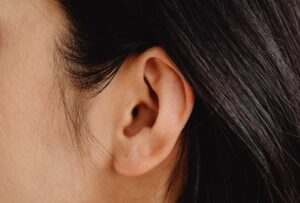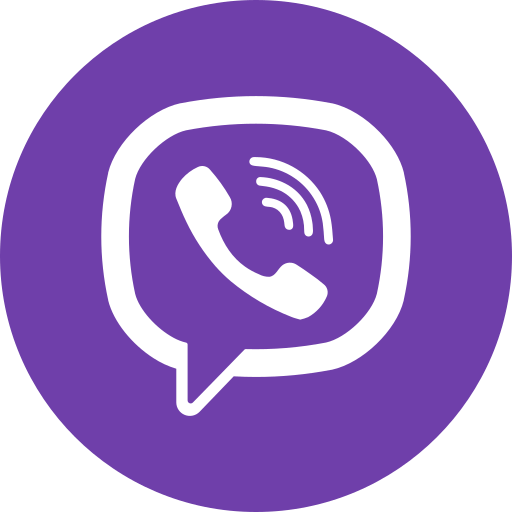A hearing aid fitting is a crucial step in ensuring that your hearing aids work effectively for you. This procedure is not just about finding the right device; it’s about tailoring that device to meet your unique hearing needs. A successful fitting involves several key steps, each designed to optimize the performance of your hearing aids and ensure your transition to better hearing is smooth and effective.
1. The Fitting Session
The first step in a hearing aid fitting is to ensure the device fits properly in your ear. Whether you opt for custom-molded hearing aids tailored to the contours of your ear or standard models with adjustable features, a proper fit is crucial. It affects not only comfort but also the effectiveness of sound transmission and minimization of background noise. An audiologist will carefully examine the fit to make sure there is no discomfort and that the hearing aid is positioned to provide optimal auditory benefit.
Programming of the Hearing Aids
Programming your hearing aids is a detailed process that adjusts the devices to meet your specific hearing loss profile. Using your results from the audiometry test, the audiologist programs the hearing aids to amplify sounds at the frequencies where you need them most. This step is critical because it personalizes the hearing aids to your particular hearing abilities, ensuring that you receive the right amount of amplification for clear and comfortable listening.
3. Final Adjustment of the Hearing Aid
Once the hearing aids are programmed, fine-tuning adjustments are made based on your feedback. As you wear the hearing aids during the fitting session, you’ll be asked to provide input on how sounds are heard in different listening environments. This feedback helps the audiologist make precise adjustments to the device’s settings, optimizing clarity and comfort before you leave the clinic.

Learning How to Use the Hearing Aids
Learning how to use your hearing aids effectively involves more than just learning how to turn them on and off. Your audiologist will guide you through the maintenance routines, how to change batteries or charge the devices, and how to use additional features such as wireless connectivity. They will also provide tips on how to adapt to your new hearing aids, including understanding what to expect during your adjustment period.
Hearing Aid Fittings: In-Person vs Remote
There are two primary approaches to hearing aid fittings: in-person and remote fittings. Each type offers distinct advantages and caters to different needs.
In-person fittings involve a face-to-face session with an audiologist. This traditional method allows for immediate adjustments and hands-on customization of hearing aids. The audiologist can directly assess the fit, make real-time modifications, and provide instant feedback on sound quality and comfort. This approach is particularly beneficial for first-time hearing aid users, as it ensures that any issues with the fit or functionality of the device are addressed promptly.
Remote fittings, on the other hand, utilize digital communication tools to conduct the fitting process over the Internet, often starting with an online hearing test. This method has grown in popularity due to its convenience and the ability to make adjustments from the comfort of your home. Remote fittings are typically suitable for follow-up care or for users who are already familiar with their hearing aids and require minor adjustments.
Despite the growing accessibility of online fittings, traditional in-person sessions remain crucial for many individuals. In-person fittings provide a foundational experience that is essential for successful hearing aid use, especially for those new to hearing aids, including newborns. The direct interaction allows for comprehensive care and ensures that users—and particularly young infants who cannot communicate their experiences—start their journey to improved hearing with the best possible support and equipment adjustments.
Start Your Hearing Aid Journey with Confidence
Understanding what to expect during a hearing aid fitting can alleviate any anxieties and prepare you for a successful transition to using hearing aids. Each step of the process, from fitting to programming and final adjustments, is designed to ensure that your hearing aids provide significant hearing improvement and enhance your quality of life. With professional guidance and appropriate adjustments, you’ll be well on your way to enjoying the benefits of clearer hearing.








